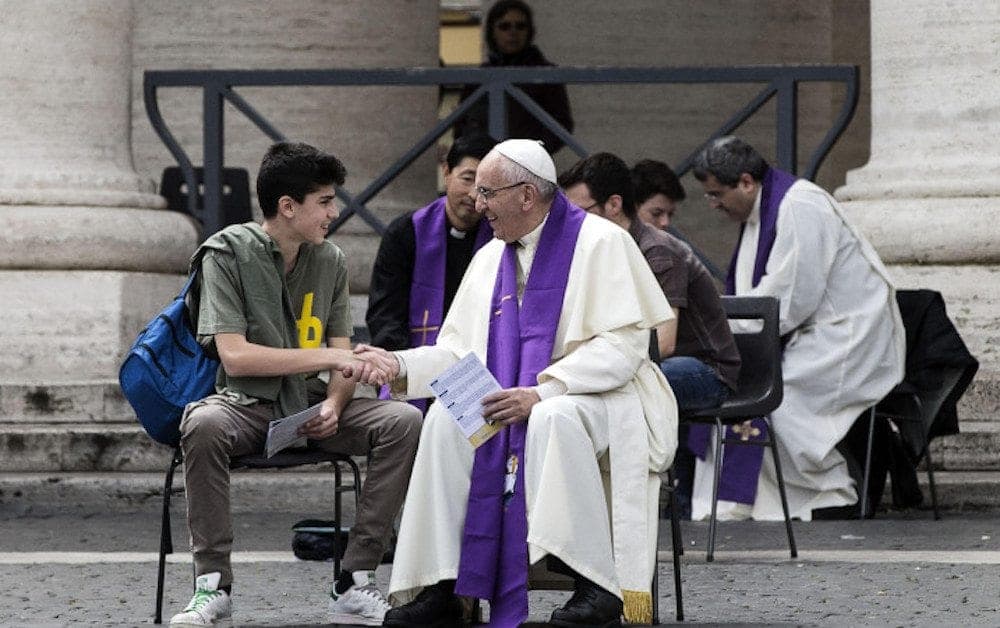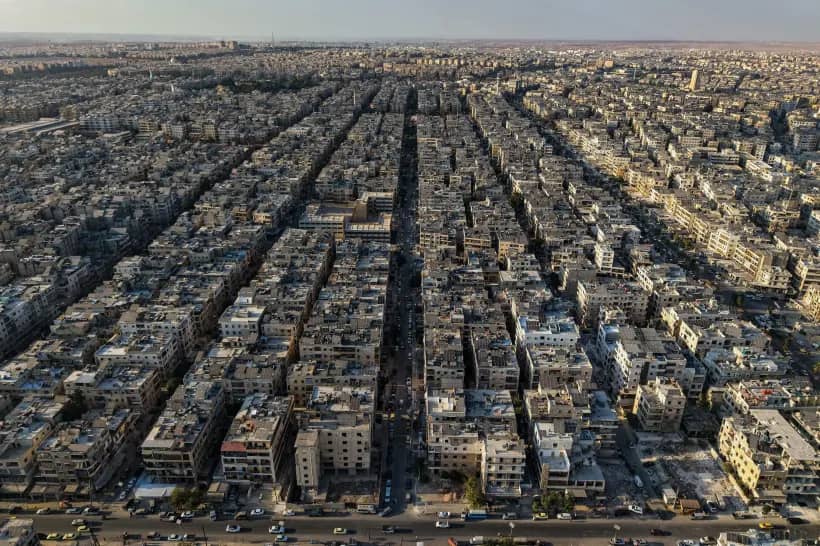A singular grace of my life was to have been in Rome during the four sessions of the Second Vatican Council. Not, of course, as an active participant, but as a young seminarian on the peripheries of that extraordinary ecclesial event.
Nonetheless, like so many, I was fully caught up in the fervor and hope of a new Pentecost for which John XXIII so earnestly prayed.
Ordained in 1965, shortly before the Council’s conclusion, my life, as priest and teacher of theology, has transpired under the sign of the Council and I have sought in a modest way to adhere to and promote its vision of ressourcement and aggiornamento.
Yet I find myself wondering more and more whether the aftermath of the Council, after fifty years of checkered reception, has resulted in a new Pentecost or a new Babel?
I can imagine the dismissive reaction of some to this query, attributing it to the darkening vision of a by now quite senior presbyter. Others, more sympathetic, might still be quick to point out that Catholicism, whatever its North Atlantic condition, seems to be flourishing in the Southern hemisphere – even in the Southern United States.
Since we can only speak from a particular limited perspective, I can acknowledge the cautions expressed, yet call attention to the serious concerns I perceive.
Foremost among them is the erosion of faith in Jesus Christ. A blunt assessment to be sure. Yet even the great Dominican theologian, Yves Congar, so central a figure at Vatican II, acknowledged that the question of faith in Jesus Christ was the transcendent issue.
In responding to a question about the future of Catholicism given twenty-five years after the Council, Congar tempered his positive (if not optimistic) view by voicing the crucial query posed by Jesus himself: “when the Son of Man returns will he still find faith?”
Twenty-five years further on, as we contemplate the dismal reality of empty churches Sunday after Sunday and ponder the surveys telling of diminished belief in Christ’s resurrection, and, consequently, of his real presence in the Eucharist, Congar’s citation assumes greater poignancy.
Even among those who continue to participate in the Sunday assembly, a notion of the Mass as the re-presentation of Christ’s redemptive sacrifice is hardly prominent. How often do we still hear reference to “the Holy Sacrifice of the Mass” (so common in my youth)?
The epochal turning of the altar versus populum led to a dramatic shift in perception in which the “meal” dimension of the Eucharist has prevailed: the celebration of a “Lord’s Supper” with absent host and scarce sign of victim.
Since the Eucharist is at the apex of the Church’s sacramental vision, such dwindling participation and reductive understanding is bound to have consequences for the other sacraments and their significance in the life of Catholics.
The role of the priest, who acts “in persona Christi Capitis” (in the person of Christ the Head), devolves into that of the “presider” at the community’s agape meal. Why then cannot this “function” be assumed by any member of the congregation who is willing and able? And why the need for a distinct sacrament, rather than a simple commissioning by the community?
Further, lacking a robust sense of the Holy Sacrifice of the Mass, and of the one who “alone is holy” offering his sacrifice to the Father in the eternal Spirit, much of the motivation for celebrating the sacrament of Penance fades.
Now I am well aware of the dismissal of the weekly confessions of pre-conciliar days as “laundry list” exercises. Undoubtedly some were. But the saints of the Church always had an acute sense of sin, because they had present to themselves a standard of holiness that was not rule-based, but Person-based.
Their measure was Christ, and the confessional was no “torture chamber,” but the encounter with the saving grace of the Redeemer (as it was for countless ordinary penitents, including the seventeen year old Jorge Mario Bergoglio- today Pope Francis).
Moreover, in light of the current depressing debate surrounding marriage, one wonders whether the “great mystery,” so confidently proclaimed to the Ephesians (Eph 5:32), with such transformative implications for the union of man and woman in Christ, is even intelligible to a therapeutic culture.
But is the challenge before us a doctrinal-pastoral “accommodation” to current cultural “realities,” or (as Saint Paul dares to mount, in the face of the culture of his day), a doctrinal-pastoral mystagogy?
The Corinthians, the Romans, the Galatians were as fractious and divisive as our contemporary divorce and discard culture. Hence Paul’s “accompaniment” of them entailed all the pain and hope of childbirth: “until Christ be formed in you” (Gal 4:19).
Thus Catholicism’s tradition of “Seven Sacraments” should not be construed as some arbitrary numerical concoction. Rather, especially today, it represents the Spirit-guided safeguard of a life-giving sacramental vision that stands in liberating contrast to the stunted secular imagination whose one-dimensional individualism and consumerism ends by suffocating the soul.
However, if as I have suggested the foundational issue is faith in Jesus Christ as Lord of the Church and Savior of the world, then the challenge is primarily that of a renewed Christ-centered proclamation and catechesis.
His is the beloved face revealed in and through the warp and woof of Catholicism’s sacramental tapestry. His is the radiant form to whom believers are sacramentally conformed and transformed.
Let us take Pope Francis’s Evangelii Gaudium at its challenging word: “The primary reason for evangelizing is the love of Jesus which we have received, the experience of salvation which urges us to ever greater love of him. What kind of love would not feel the need to speak of the beloved, to point him out, to make him known?” (no. 264).
The joy of the love of Christ compels us – Amoris Christi Laetitia! Not the love of an “ideal,” however sublime, much less a rule; but the love of a living Person whose presence in the Church’s sacraments is continual source of life and lasting joy.
Father Robert Imbelli, a priest of the Archdiocese of New York, is the author of Rekindling the Christic Imagination: Theological Meditations for the New Evangelization.
















